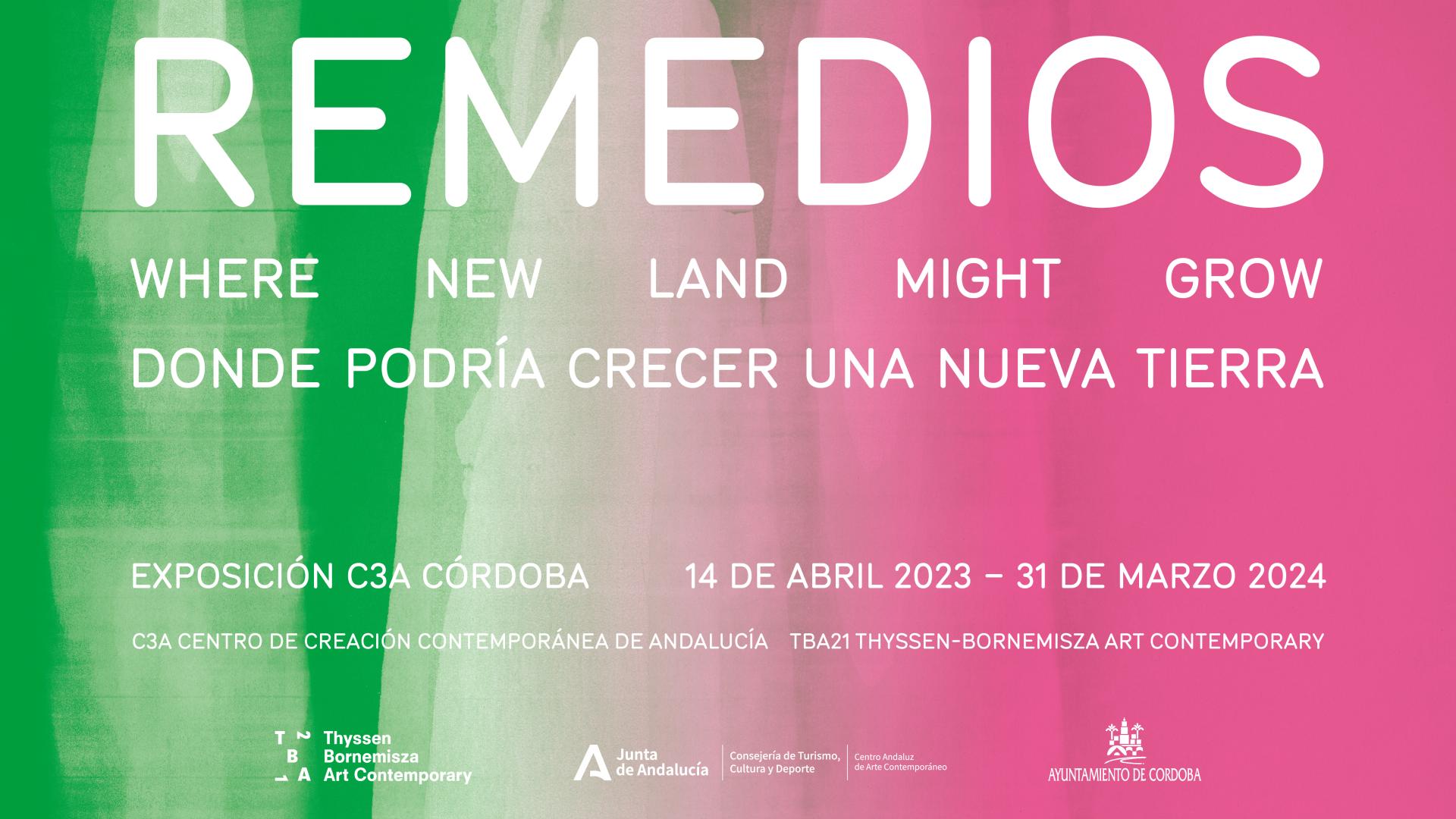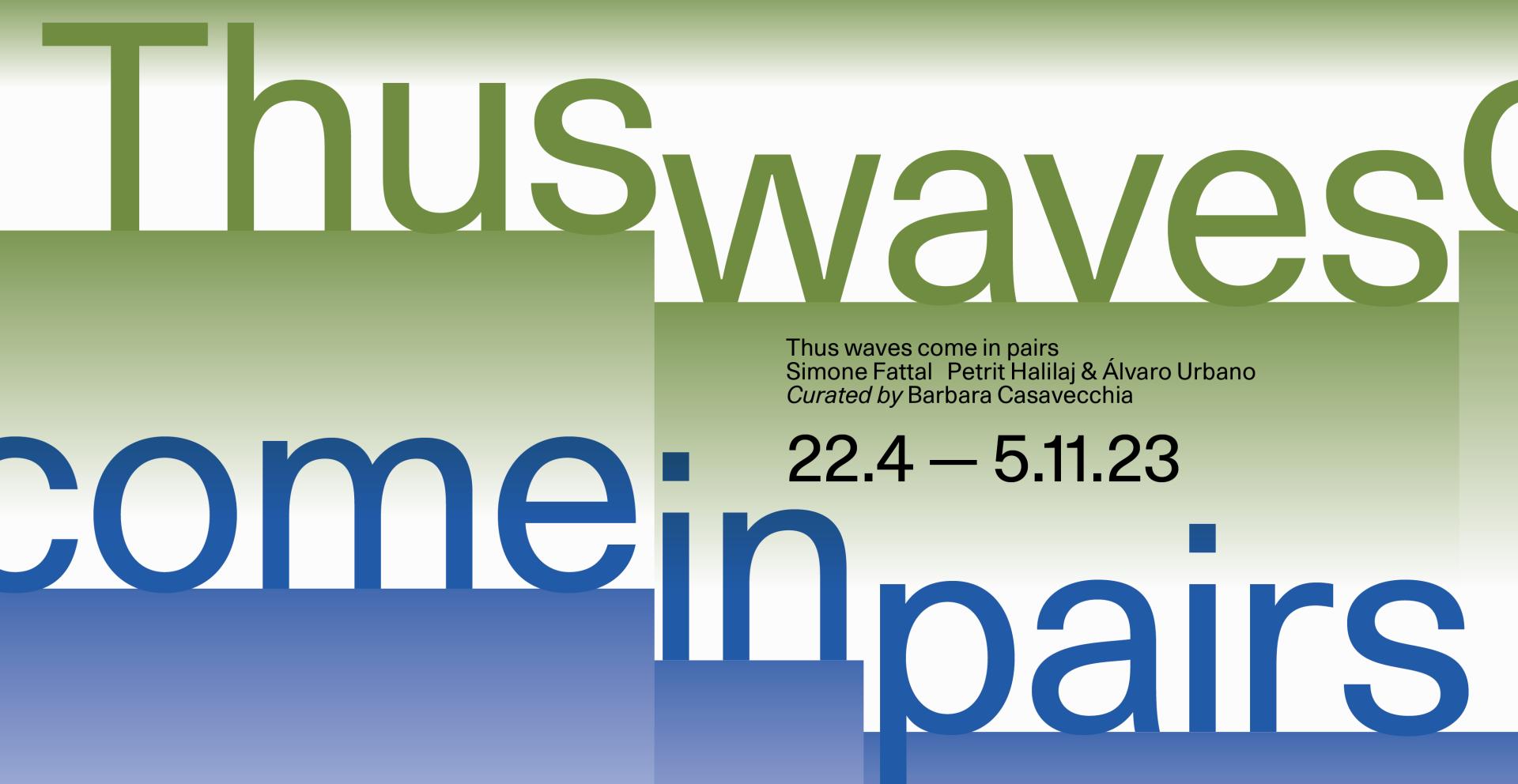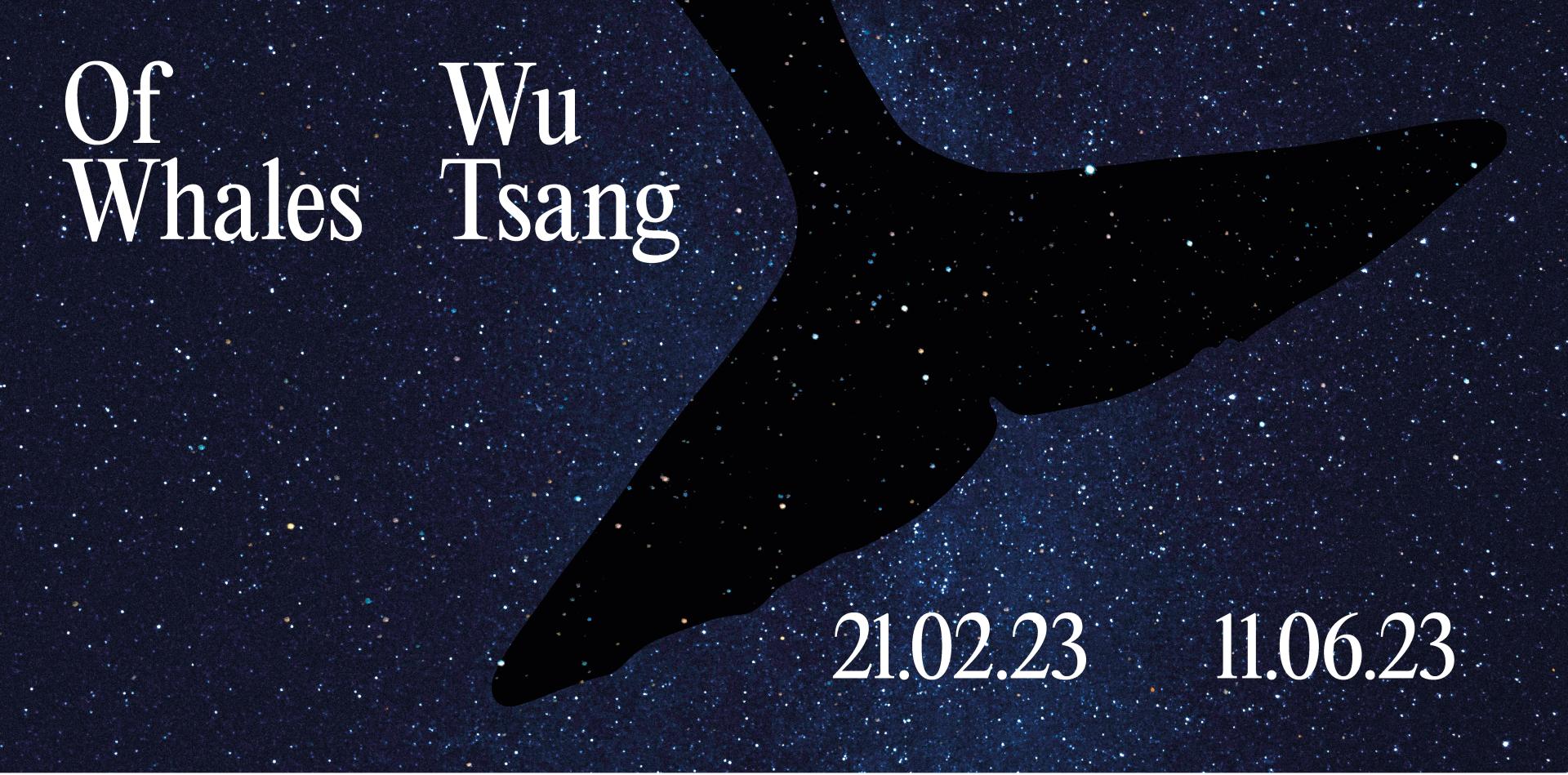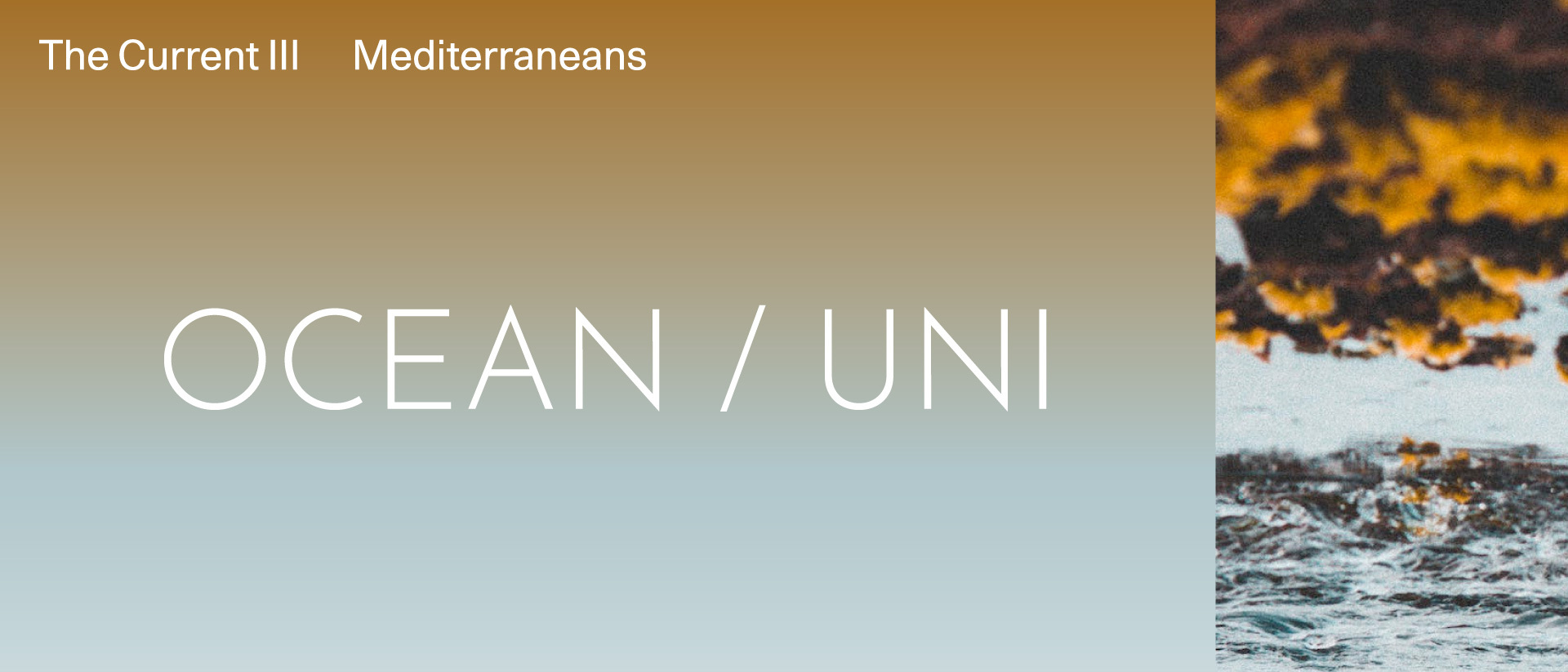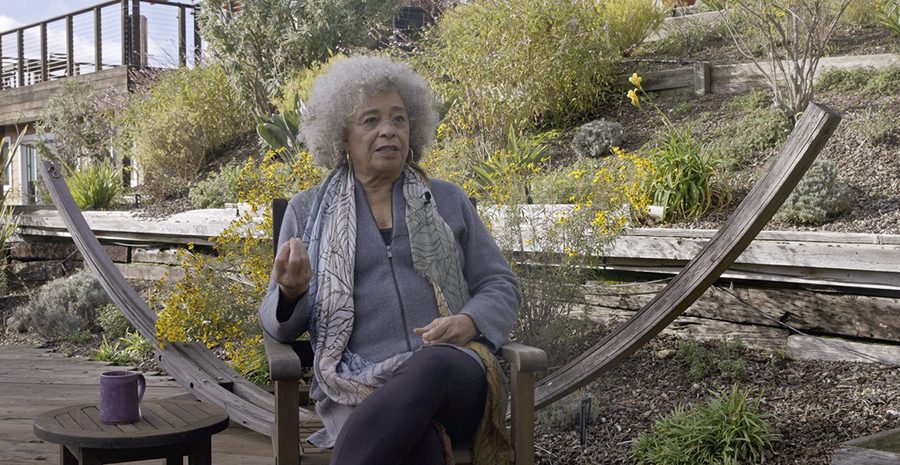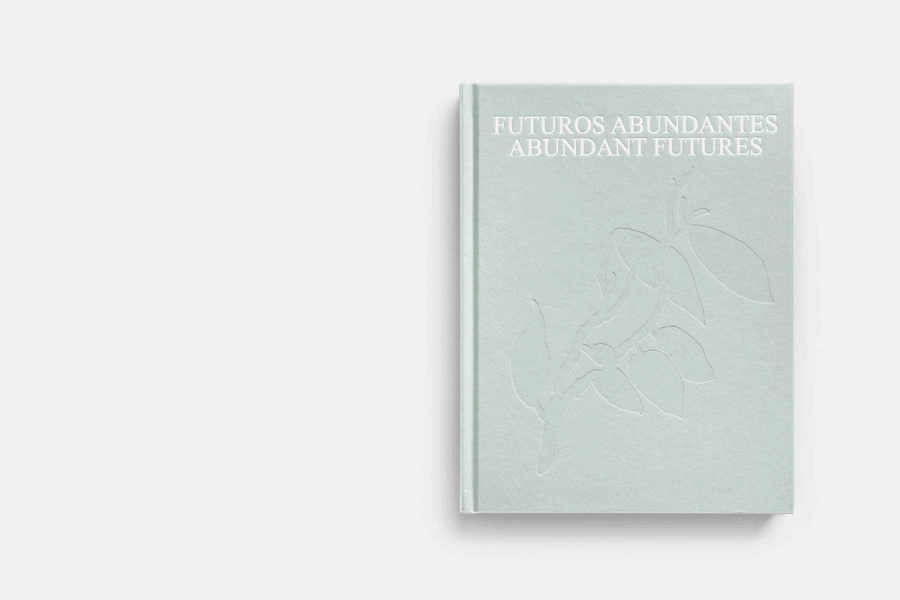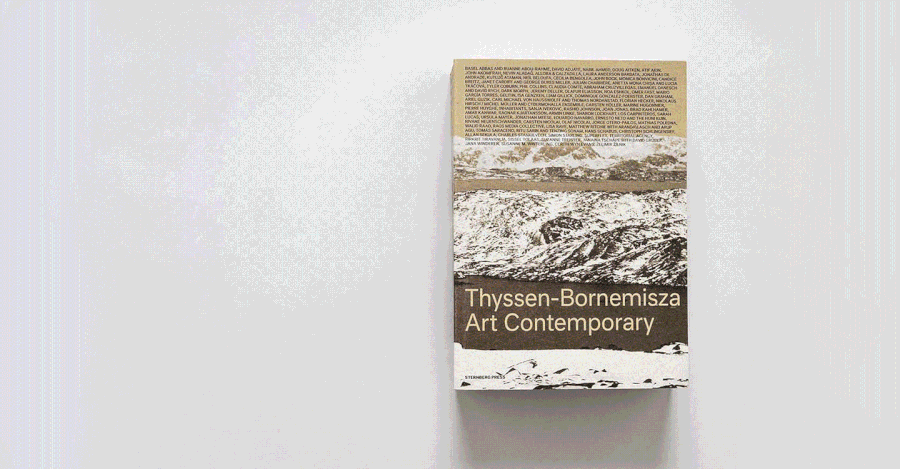Hydrohexagrams (For Tahuata), 2017
Eduardo Navarro

Installation view: Tidalectics, Thyssen-Bornemisza Art Contemporary, Vienna, Austria, 2017

Installation view: Tidalectics, Thyssen-Bornemisza Art Contemporary, Vienna, Austria, 2017

Installation view: Tidalectics, Thyssen-Bornemisza Art Contemporary, Vienna, Austria, 2017
Photo: 2017©joritaust.com
Photo: 2017©joritaust.com

Installation view: Tidalectics, Thyssen-Bornemisza Art Contemporary, Vienna, Austria, 2017
TBA21–Academy
Commissions
Collection
Bronze coins, drawings (pastel on paper), single-channel video installation (color, sound)
ø 65 cm x 0.5 cm (coins)
20 min (video)
Drawings with variable dimensions
Commissioned by TBA21–Academy
Eduardo Navarro’s Hydrohexagrams (For Tahuata) (2017) emerges from a set of serendipitous encounters during the TBA21–Academy expedition to the Marquesas. Searching for a logic that comes from the sea, Navarro created an oceanic version of the traditional Chinese divination method I Ching. He produced two sets of three enlarged bronze I Ching coins that are embossed with oceanic drawings the artist created during the expedition. In the town of Hapatoni, where the idea for the work originated, the artist proposed to the local community to use the coins and I Ching book to pose a question to the ocean. The three coins were thrown into waves six times successively, leaving the resulting divination hexagram to be defined by the force of the waves.
The village decided to create a song based on their interpretation of the oracle, laying it over the oldest chant of Hapatoni, whose melody is inspired by the waves of the sea. The three coins that were cast into the ocean were brought to Vienna and are shown in the exhibition, while the other I Ching set stayed behind in Hapatoni, as a public artwork that will be displayed in the Artisan Museum and could be used by the different villages of Tahuata.
ø 65 cm x 0.5 cm (coins)
20 min (video)
Drawings with variable dimensions
Commissioned by TBA21–Academy
Eduardo Navarro’s Hydrohexagrams (For Tahuata) (2017) emerges from a set of serendipitous encounters during the TBA21–Academy expedition to the Marquesas. Searching for a logic that comes from the sea, Navarro created an oceanic version of the traditional Chinese divination method I Ching. He produced two sets of three enlarged bronze I Ching coins that are embossed with oceanic drawings the artist created during the expedition. In the town of Hapatoni, where the idea for the work originated, the artist proposed to the local community to use the coins and I Ching book to pose a question to the ocean. The three coins were thrown into waves six times successively, leaving the resulting divination hexagram to be defined by the force of the waves.
The village decided to create a song based on their interpretation of the oracle, laying it over the oldest chant of Hapatoni, whose melody is inspired by the waves of the sea. The three coins that were cast into the ocean were brought to Vienna and are shown in the exhibition, while the other I Ching set stayed behind in Hapatoni, as a public artwork that will be displayed in the Artisan Museum and could be used by the different villages of Tahuata.
Eduardo Navarro (Buenos Aires, 1979) uses art to create new modes of perceiving the world. His practice involves the empirical study of diverse organisms, based on sensory experience. In conducting these studies, Navarro appeals to diverse specialists and contexts in order to challenge entrenched behaviours and attitudes. The artist approaches each project as a fresh endeavor to allow for the study of forms of expression and thought alien to human perception. His interest lies in investigating how other entities and elements think, feel and perceive, with the ultimate aim of embodying the subject of study. As such, Navarro proposes altered situations that can seem absurd but trigger transformations of state, thus enabling a reevaluation of the known.



